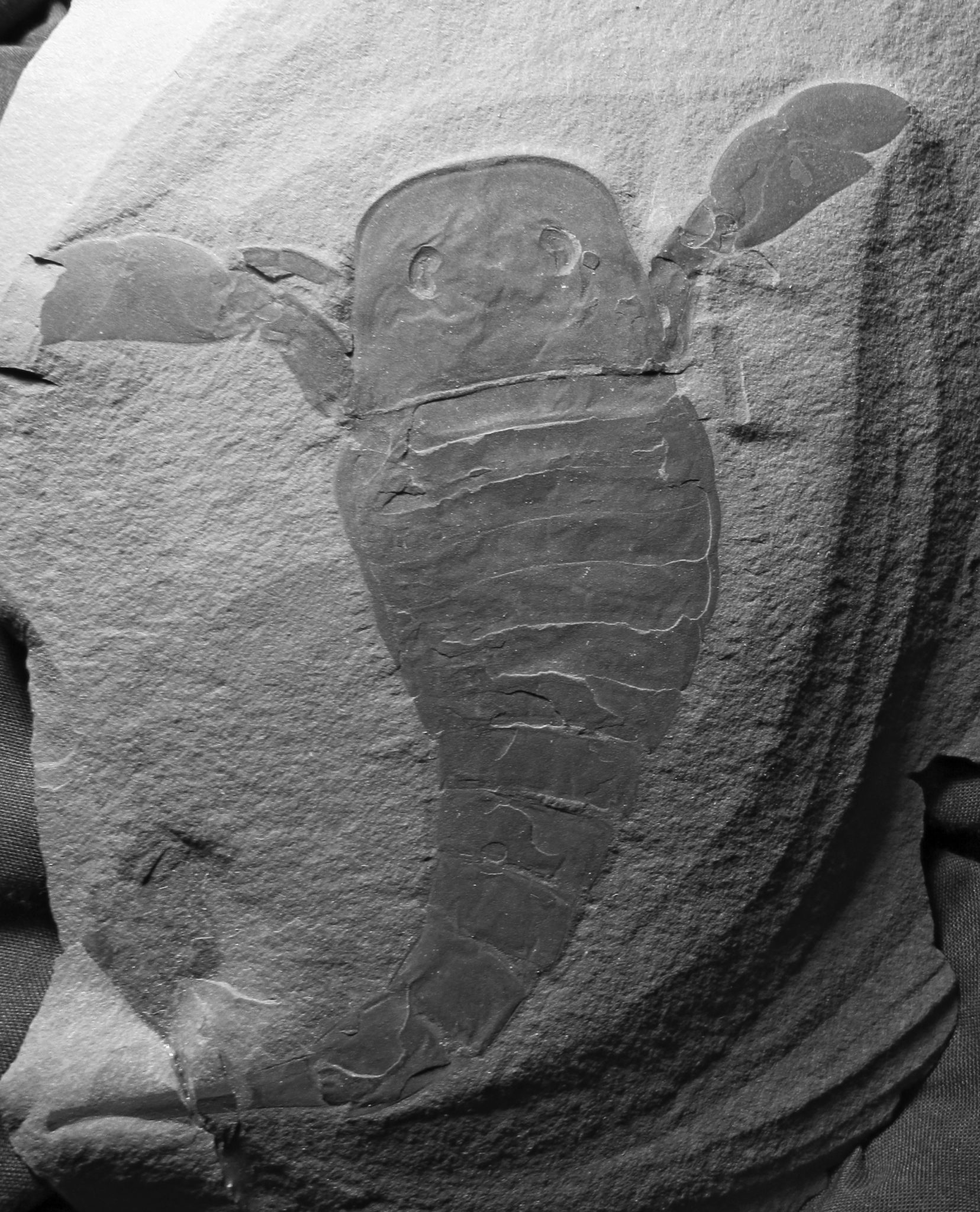Peabody Specimen Spotlight
The most expansive fossilized sea scorpion collection in the world –– collected by an amateur and currently found at Yale’s Peabody Museum of Natural History.

Marisa Peryer
Prolific fossil collector Sam Ciurca found his first fossilized eurypterid — which are colloquially referred to as “sea scorpions” — 50 years ago by accident during a visit to Geneseo, a town in upstate New York.
“I looked down at the creek bed and amongst all the pebbles and rocks, I saw two little eyes staring up at me,” Ciurca said. “I didn’t know what it was and so I picked it up and took it.”
A local fossil seller identified his finding as a eurypterid. These creatures thrived in shallow ocean waters over 400 million years ago, according to Derek Briggs, curator-in-charge of invertebrate paleontology at Yale’s Peabody Museum of Natural History. Briggs said that these sea scorpions had prominent eyes and clawlike limbs, which were found under their large head shields. These sea scorpions could have grown over nine feet in length, according to a 2014 study Briggs and his colleagues published in the journal Biology Letters.
After Ciurca’s find, he set out to learn more about eurypterids — a quest that has led the Rochester, New York, resident across the state and even into Canada in search of more rocks containing these fossils.
Ciurca’s fossil-hunting excursions have garnered thousands of different specimens. The amateur collector has assembled the largest and most diverse collection of eurypterid fossils in the world, and he has donated nearly 15,000 specimens — amounting to over 60,000 total pounds of rock — to the Peabody, according to the museum’s website. Ciurca’s generous donations to his namesake “Ciurca Collection” at the Peabody have significantly bolstered the museum’s eurypterid collection.
Decades ago, as Ciurca developed an interest in the ancient remains of these sea scorpions, he realized that the creatures had largely been overlooked by scientists.
“At the time, there was little interest, even in the literature,” Ciurca said. “Nobody was really into eurypterids.”
Ciurca’s efforts were bolstered by New York’s state paleontologist, a government-appointed scientist who is in charge of curating the New York State Museum’s paleontology collection. Ciurca said that the state paleontologist tipped him off to a stretch of rock that may have contained eurypterids. The rock was located in Herkimer, New York — over 150 miles away from Ciurca’s hometown of Rochester.
“I went there and I just got into this hard rock and starting finding [eurypterids],” Ciurca said. “I started going there every weekend after work for weekend after weekend, and started finding a lot of them.”
As he trekked around the state hunting for fossils, Ciurca kept meticulous notes of his findings and even discovered new layers of rock that had never been recorded before, which he said “added to the excitement” of his excursions.
Ciurca also collected other creatures fossilized around the eurypterid remains — including ancient snails, clams and shrimplike specimens — which offered researchers a broader look at the life that existed millions of years ago.
Ciurca’s work caught the eye of some Yale scientists associated with the Peabody, sparking a series of collaborations that started over a decade ago. After his interactions with these researchers, Ciurca eventually decided to donate specimens to the Peabody.
“I decided that they were doing so much research there, that it would be neat to get involved with them,” he said.
Just last summer, Ciurca donated another 5,000 specimens to the Peabody.
Marisa Peryer | marisa.peryer@yale.edu .







